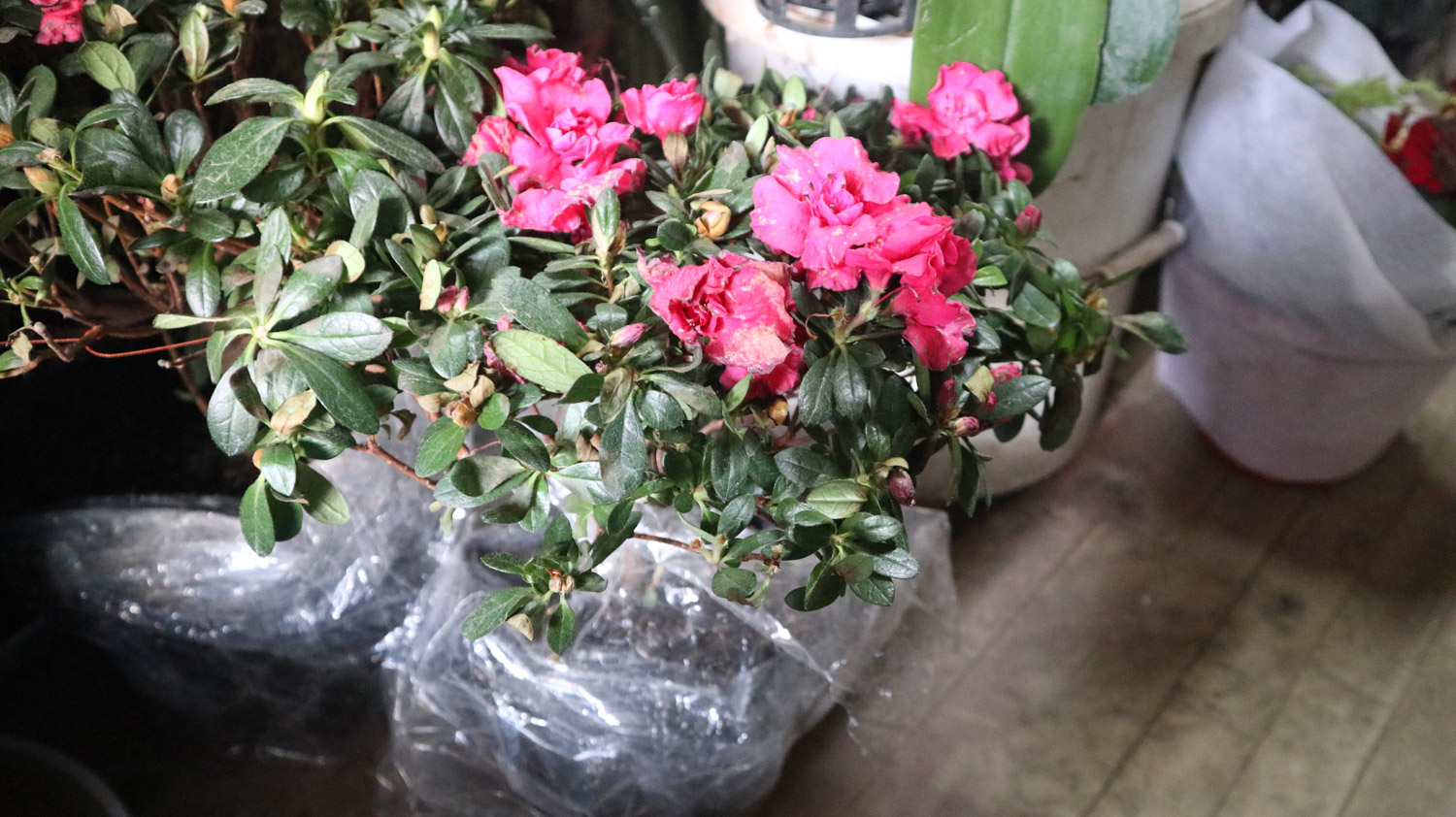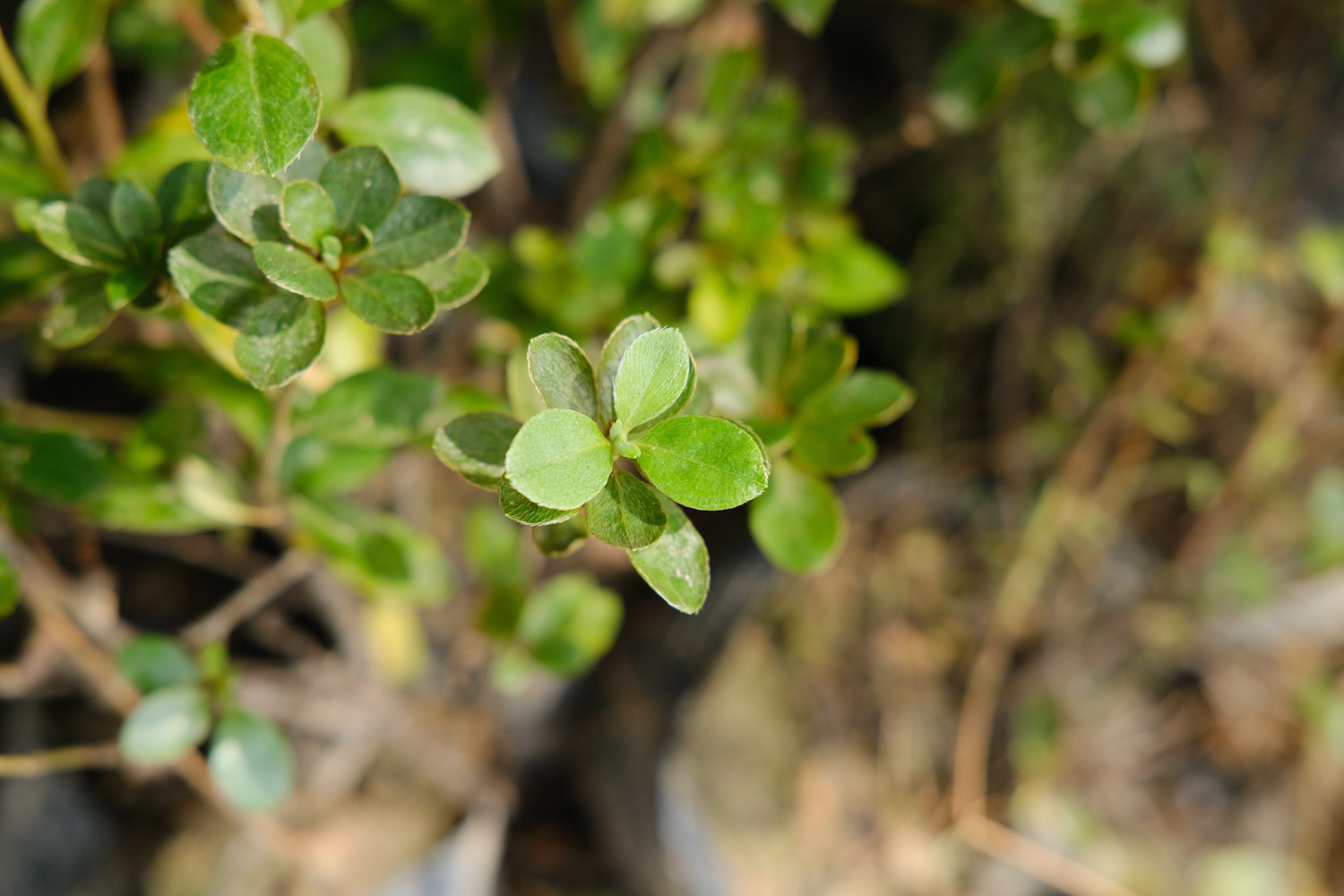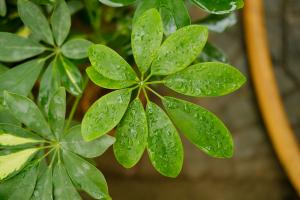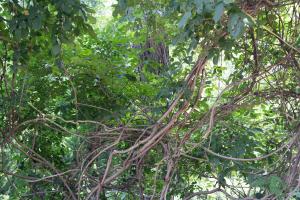Rhododendron depends on the fertilizing of seedlings
The so-called seedling fertilization means that we should decide how to apply fertilizer according to the different growth periods of Rhododendron plants. There is no need to apply fertilizer during the seedling period. Generally, the thin liquid fertilizer made by retting can be used after growing for a period of time. After planting separately in the spring of the next year, it needs to apply more nitrogen and potassium fertilizer to make it grow vigorously. Generally, rhododendrons reach adulthood in 2-3 years. Phosphorus and potassium fertilizer can be applied to make their flowers big and colorful. After the plant grows old, more nitrogen fertilizer can be applied to promote the renewal of branches and leaves
Rhododendron should be fertilized in time
Timely fertilization is mainly divided into three points. The first is that some nitrogen fertilizer can be applied during germination in early spring. Potassium fertilizer can promote the germination of branches and leaves. The second is to apply some phosphorus and potassium fertilizer in the main growth period of spring and autumn to promote the prosperity of Rhododendron branches and leaves, which is generally used once every 5 to 10. The third is that in winter, fertilization is generally topdressing, followed by soybean cake. This is conducive to the growth of Rhododendron in winter

Rhododendron thin fertilizer and less application
When fertilizing azalea, it is required to use light fertilizer, and the dosage should not be too much. Because the root system of Rhododendron is relatively thin, if the fertilization is too much and the concentration is high, the nutrients are difficult to absorb and the plant will lose water. In serious cases, the roots will burn, and the leaves will turn yellow and wither. At this time, fertilization should be stopped and watering should be done to reduce the concentration of fertilizer
Rhododendron should combine water and fertilizer
The Rhododendron should control the water before fertilization, and pour water after fertilization. Water control before fertilization is to keep the soil dry, and the mixed fertilizer stays in the soil, resulting in rotten roots. The next day after fertilization, water can be poured, which is mainly to speed up the dissolution of fertilizer and make plants absorb better
In addition, azaleas like green fertilizer and water. They can Rett some fertilizers such as vegetable leaves and peel by themselves. When applying fertilizer, add an appropriate amount of green fertilizer and water, and the effect is better


 how many times do yo...
how many times do yo... how many planted tre...
how many planted tre... how many pine trees ...
how many pine trees ... how many pecan trees...
how many pecan trees... how many plants comp...
how many plants comp... how many plants can ...
how many plants can ... how many plants and ...
how many plants and ... how many pepper plan...
how many pepper plan...





























